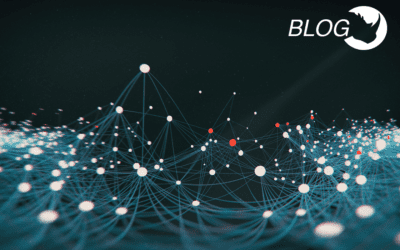As the Cyber Threat Environment Escalates, How are Organizations Responding?
Globally, the cyber threat level to organizations remains high and the current situation only serves to highlight this further. To this point, any organization that has substantial gaps in its cybersecurity capabilities is operating at risk, and when the threat landscape changes, as it has now, so we become more aware of the vulnerabilities that we have carried for some time and the need for better Cyber Threat Intelligence.











